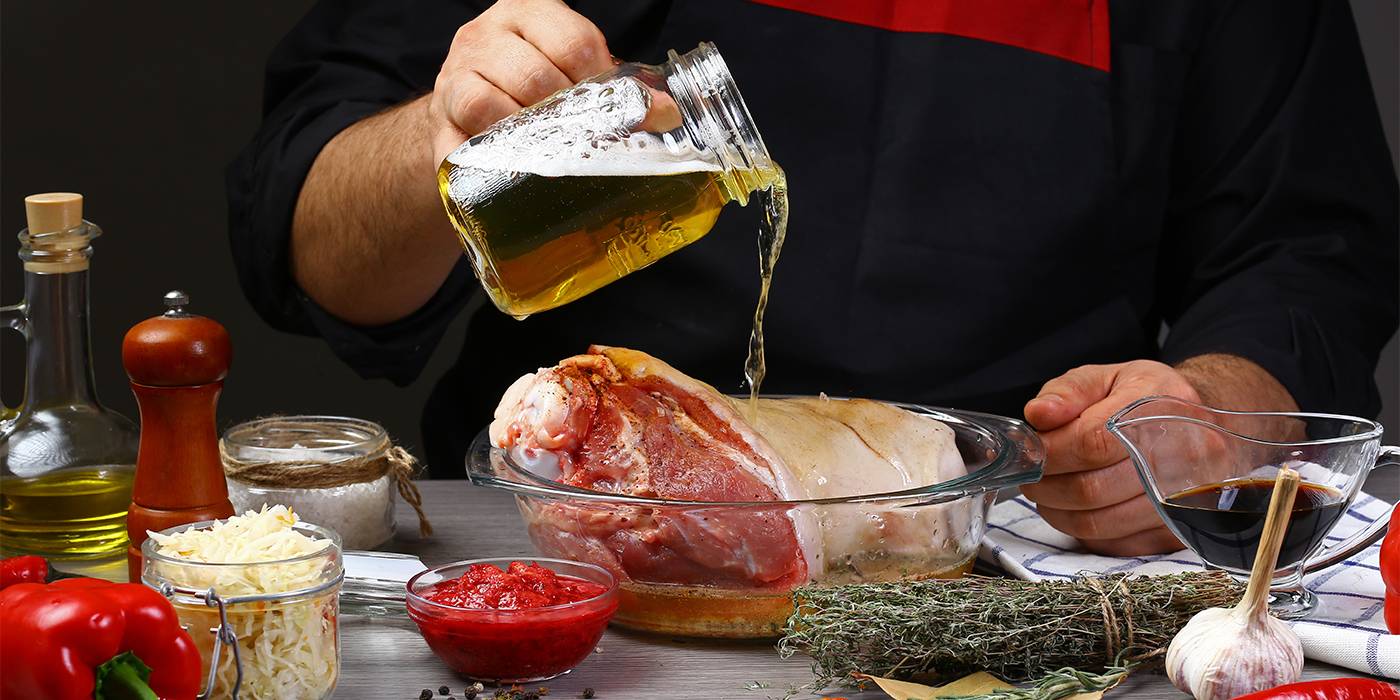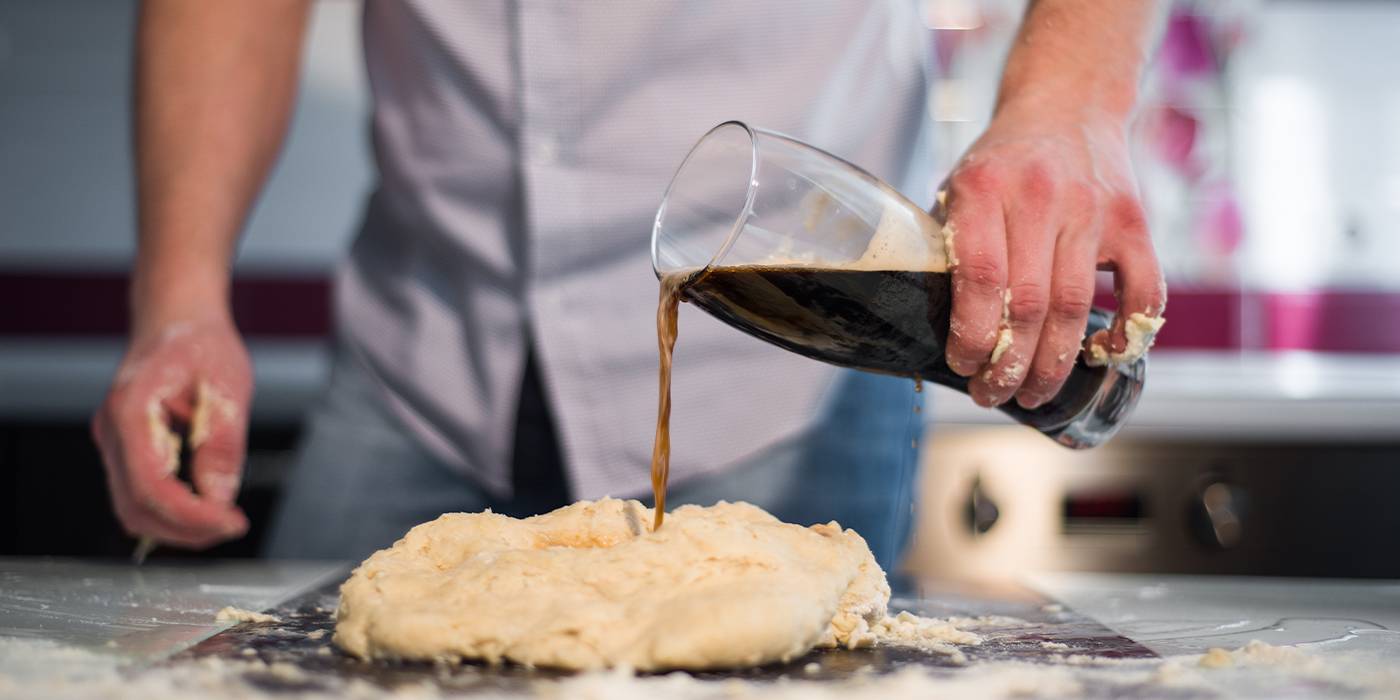Cooking with beer: add a twist to your recipes*
Cooking with beer will add a lot of flavour to your dishes. We share some tips on how to include it in your traditional recipes and other new ones you didn’t know about.

Julio Cerezo - Beer Sommelier
Director of Sabeer Beer Academy
If you're someone who occasionally dons an apron and heads into the kitchen to try out new recipes, and if you’re also a beer enthusiast, today we’ll give you some ideas to combine these two pleasures for your palate.
Although cooking with beer isn’t a common practice in Spain, our beverage is perfectly suited for various culinary creations, adding a unique twist even to traditional recipes.
Professional and amateur chefs in Belgium, Ireland or Germany have been using beer in their cooking for centuries, much like Spaniards have done with wine. Their centuries of experience can help us take our first steps and, importantly, avoid some fatal mistakes. While both beer and wine are fermented beverages with moderate alcohol content, their ingredients and sensory characteristics are very different, and this difference can sometimes lead to undesirable results.

THE INFLUENCE OF HOPS
In this sense, one of the great differences between beer and wine when it comes to cooking is the influence of hops, an ingredient designed to provide bitterness and aroma to our drink. If we choose a very hoppy beer for our recipe, its bitterness can unbalance the dish, especially when we reduce prolonged boiling and this bitterness is concentrated.
Another common sensory attribute of beer is the roast, which is at its most intense in dark beers the recipe always includes a percentage of malts roasted as dark as coffee beans. Roastiness can go from being a pleasant and complementary nuance to being a threat to the balance of flavours in the dish. Again, be careful when using a dark beer to ensure it doesn’t overpower the final result.
With these two main considerations in mind, we can now begin to explore beer cuisine. Here are three suggestions for different types of dishes that you can apply to many recipes:
SUGGESTIONS
- Batter > When preparing a batter, beer can enhance the sponginess. To do this we must use a beer that is neither filtered nor pasteurised, as these two processes prolong its shelf life, but eliminate the activity of the yeasts. Generally, craft beers meet these requirements so they will be a good choice. If using pasteurised beer, we can add a pinch of yeast to achieve the same result. The secret to a very fluffy batter is to prepare a batter with egg, flour and beer, beat the ingredients together and leave them to rest in a bowl sealed with cling film in the coolest part of the fridge. The proportion of ingredients will vary according to the density of the mixture.
- Sauces > Another great use of beer in cooking is to add it to stews, replacing water or broth with the same volume of beer. This way we will add some nuances of our drink to the dish, and we will obtain a more consistent sauce. Dark beers, with higher alcohol content and body such as Belgian doubles or quadruples, are ideal for enriching these sauces and accompanying meat stews.
- Vinaigrettes > A less common field of beer cooking is vinaigrettes. In these fresh sauces with multiple nuances, you can experiment with sour beers that, due to their profile, can replace part of the vinegar in the mix. The craft beer market increasingly offers sour styles, sometimes made with red fruits and other ingredients, which can provide a lot of culinary versatility.

Pairing the dish made with beer with the same beer used in its preparation often offers an excellent match due to the affinity, but you can also experiment with different beers to find interesting contrasts.
Cheers!
What do you think about?
Share comments, opinions and tricks with the Community







